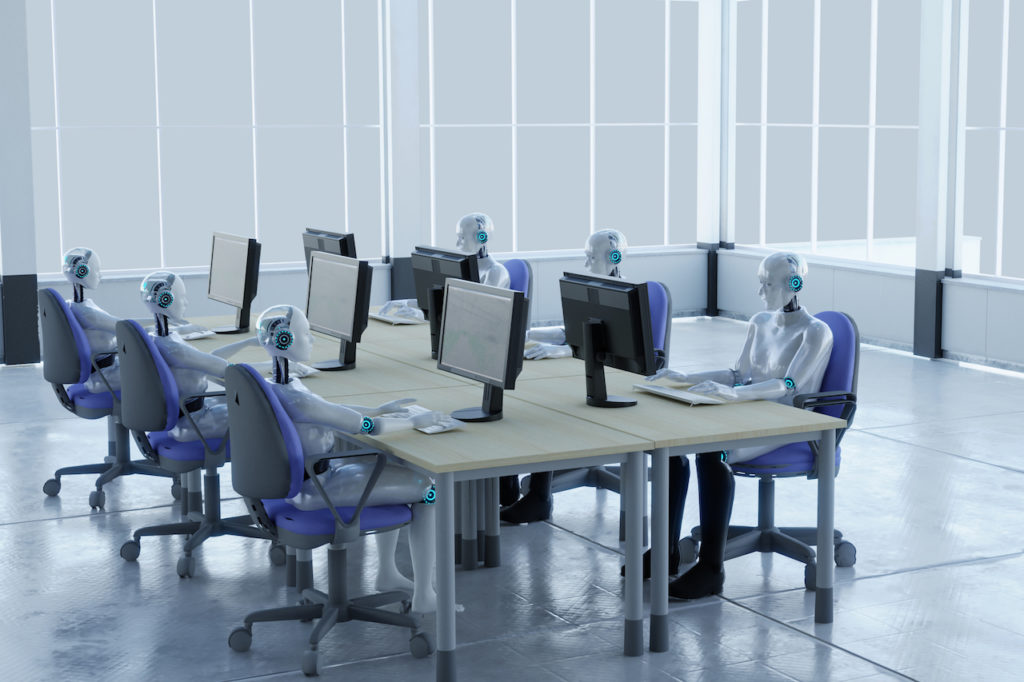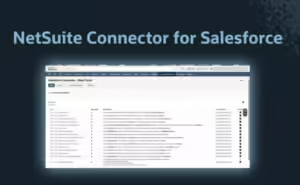FUTURE TECH, NOW | Can artificial intelligence harm us?
The big story today in the new technology arena is that Artificial Intelligence (AI) will power the next innovation in diverse fields from industrial automation to smart cities to climate change.

3D rendering human robot working in office concept
The big story today in the new technology arena is that Artificial Intelligence (AI) will power the next innovation in diverse fields from industrial automation to smart cities to climate change.
It’s strange though that the coming new age of intelligent machines has revived latent fears that robots will displace humans at the workplace or that they will eventually replace us all in the wake of a post-nuclear holocaust ala the Arnold Schwarzenegger starrer, ‘The Terminator.’
A TV show currently playing titled ‘Next’ features a rogue AI gone amok on the Internet. It opens with these cryptic words: “With artificial intelligence, we are summoning the devil.”
Even stranger still, a few high tech visionaries today have already spoken on the possible threats from AI, pushing its deadly hazards beyond the realm of speculative science fiction. At the SXSW tech conference in Austin, Texas last March, billionaire tech entrepreneur Elon Musk described AI to be more dangerous than nuclear warheads. In 2015, Microsoft founder Bill Gates was quoted to have said, “First, the machines will do a lot of jobs for us and not be super intelligent. A few decades after that, though, the intelligence is strong enough to be a concern.” Meaning, high level threats may come from super intelligent AI that could possibly be just a decade into the future.
Nevertheless, what’s the whole deal with AI? Can it pose real harm on humans? Here are summary observations from industry watchers and tech observers.
• For starters, Artificial Intelligence refers to machines that can think and act independently, and in the case of the rogue AI in the ‘Next” tv show, it’s one that learns exponentially. The other thing is that the potential for deadly harm can be triggered if the AI falls into the wrong hands, as crime detectives are wont to conclude.
• An immediate ‘soft harm’ is when AI starts automating menial tasks currently in the hands of millions of unskilled labor. About 70% of lowly recurring tasks will be turned over to the more efficient, uncomplaining AI. The adverse repercussions across commerce and industry will be mostly felt in administrative functions, marketing and retail sales, warehousing and hospitality jobs.
• AI also places even professional occupations at risk. Tapping into the power of data analytics, AI can quickly pore through terabytes of information and put together a reliable assessment of a business’s health just as fast to put accountants, auditors and analysts out of work.
• The resulting job losses and joblessness are likely to widen the existing gap between the rich and poor including the suddenly disadvantaged middle class. At the very least, it will further extend the digital divide in society and at worst, blow up the socio-political tension that’s been fermenting across the social strata,
• The possible use of AI for malice is well documented. In 2018, a 100-page report titled “The Malicious Use of Artificial Intelligence: Forecasting, Prevention, and Mitigation” suggested that the insensitive application of AI “could threaten digital security (e.g. through criminals training machines to hack or socially engineer victims), physical security (e.g. non-state actors weaponizing consumer drones), and political security (e.g. through privacy-eliminating surveillance, profiling, and repression, or through automated and targeted disinformation campaigns).” The prospect of serious harm or minor chaos could start happening just about now.
• One big and hard way AI can pose great risks is when it’s programmed to destroy or kill which might happen if the projected 5G-enabling communications satellites would also be used as autonomous weapons in space.
In this grim scenario, AI onboard satellites becomes worse death dealers than ICBMs. A grimmer picture emerges from the likelihood of an AI arms race.
Right now, the typical response is that the advantages of AI far outweigh its bad sides. We have the luxury of preparing and deploying mitigation measures in the next ten years, Then again, there’s climate change to cramp our maneuvering room in the same period.
Oh, well.




